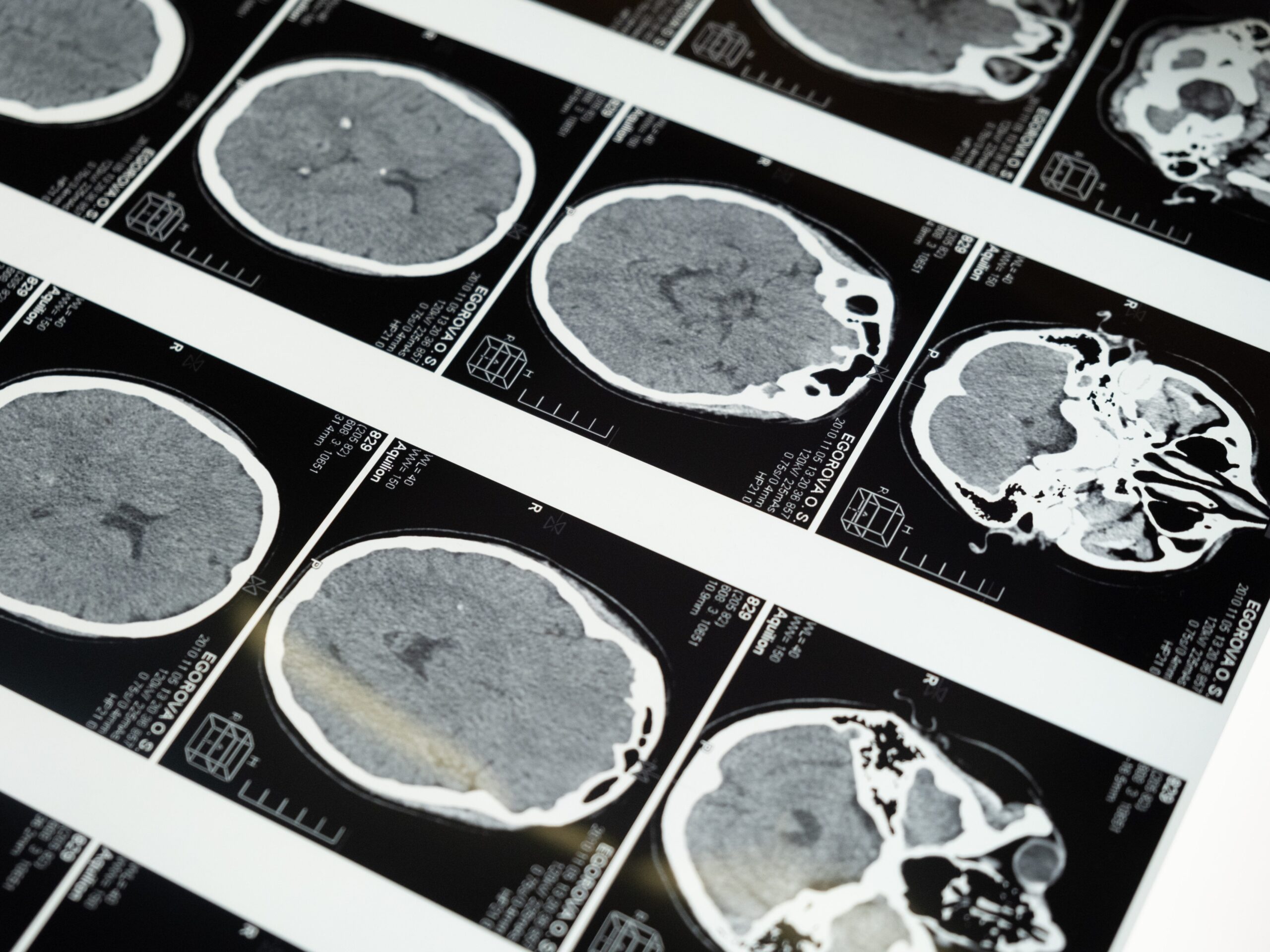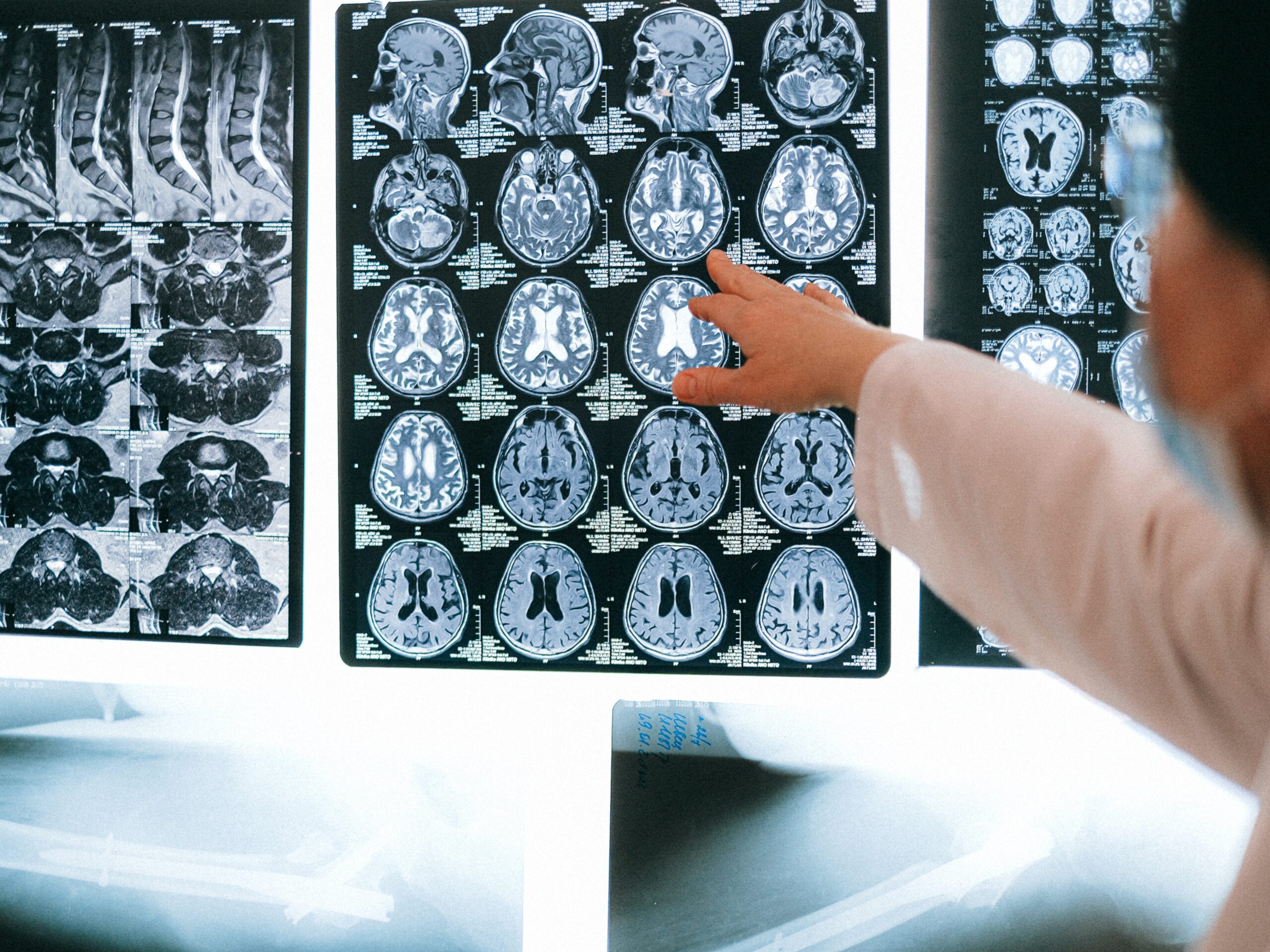The Cause Of Autism May Have Been Discovered
Researchers at the Children's Hospital of Philadelphia may have found a link between defects in brain cell mitochondria and autism spectrum disorder.
This article is more than 2 years old

Scientists at the Children’s Hospital of Philadelphia have demonstrated that autism spectrum disorder could be caused by defects in the mitochondria of brain cells. The researchers at CHOP came to this discovery after extensive research using mice, and have found that for some ASD patients, metabolic therapies could offer a treatment strategy. Newer studies have found that variations of mitochondrial DNA seem to be associated with autism spectrum disorder and those deficiencies in the mitochondria could be a possible cause for certain types of autism.
For their study, the team at the Children’s Hospital of Philadelphia hypothesized that if a defect in mitochondria predisposes patients to autism spectrum disorder, then a mouse with relevant mtDNA mutations would have autism endophenotypes. The researchers introduced a mild missense mutation into the mtDNA ND6 gene of a mouse. After doing this, the researchers found that the mouse did exhibit impaired social interactions, increased repetitive behaviors, and anxiety, all of which are common symptoms for someone with ASD. The researchers also found that their study shows that ASD is not only a disorder of neuronal development.
The team’s goal with this study is an attempt to find a treatment for autism spectrum disorder. If the disease is caused by mitochondrial inhibition that impairs the neurons function, then it could be possible to provide metabolic therapies that could lessen the symptoms for some autism spectrum disorder patients. Research done by clinical and research facilities like the Children’s Hospital of Philadelphia is showing a greater understanding of autism spectrum disorder than ever before. Now, there are more than 90 genetic causes of autism, with new procedures to help diagnose children, and behavioral therapy that will help fight the effects of the disorder. One in every 59 children is diagnosed with autism, which is 20 times more than it was a generation ago.

The Children’s Hospital of Philadelphia has grown on the largest and most impressive autism programs in the country, and help more than 10,000 patients per year. Their goal is not only to cure autism spectrum disorder, but to learn more about the disorder, as well as help those with the disorder deal with everyday life in a more complete way.
One of the various tools that the Children’s Hospital of Philadelphia uses in their fight against autism spectrum disorder is a sensor device that within a three-minute conversation can pinpoint with 90 percent accuracy if a person has autism spectrum disorder. The Children’s Hospital of Philadelphia also uses advanced magnetic resonance imaging to find early signs of ASD in the brains of young children. The center also has found therapeutic video games that help children with ASD improve their social skills and help them learn to concentrate more efficiently.
But with the number of autism patients on the rise, the research done by the Children’s Hospital of Philadelphia and other autism spectrum disorder research facilities is more important than ever. With research like this, hopefully, we will see the number of autism patients start to decline within the next generation.









